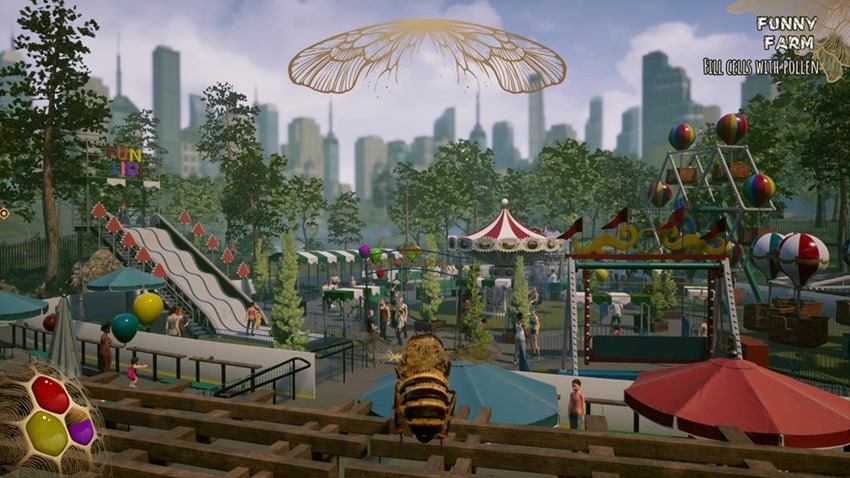
This integrative approach involves in silico, in vivo, semi-field and field scales. Health biomarkers should be determined for the mite and would help to evaluate at sub-lethal level on a long-term period the impact of molecules or biotechnics. destructor biology and its tight relationship with its host. It is imperative to develop a holistic approach that focuses on the complete understanding of V. Currently, none is adequate to reduce the adverse impact of mites on bees. New strategies based on IPM and biocontrol are passionately studied all over the world. The goal is not anymore to kill each and every one of them but rather to reduce their impact without harming honeybees and other wild species around. Īs urged by the integrated pest management program (IPM), a more integrative view is compulsory. Soft acaricides such as thymol, hop leaves or acids seem promising for some and already trouble making for others. Other solutions were explored too, like drone removal, brood interruption, or breeding programs. However, their negative impact on honeybees’ cognition is now widely identified and the resistance developed by the mite is part of current knowledge. Hard chemicals like pyrethroids, formamidine, organophosphate, neonicotinoid, or sulfoximines were or are still used in the field.
#Bee simulator controls how to#
destructor support an impressive amount of knowledge in order to deal with practical issues: how to reduce the impact of the mite on honeybee populations ? It is true that current control methods efficiency for the acari are still debated. From a host-parasite perspective, interactions have to be considered not as a duo but as a triangle, highlighting the virus quasispecies which can spread between bees and acari. destructor) induces damage like shortened abdomens, reduced brood nursing and learning deficits. The infection at the larval stage (emphasised through V.

Assuming the transmission of the virus occurs at the adult stage, no visible symptoms are reported but a shortened lifespan is described. This RNA virus is responsible for wing malformations in bees, causing flight incapacities, thus a lack in food collection for the colony but also a threat to pollination. destructor is tightly connected to several viruses and especially the DWV (Deformed Wing Virus) with its diverse variants DWV-A, DWV-B originally known as VDV-1 and DWV-C. Why is this ecto-parasite such a threat for A. destructor as well as fundamental biological differences, the Western honeybee is far more impacted by the mite than the original host. Due to a shorter coevolution time between A. It is now observed in both managed and wild A. After a shift from its original host the Asian bee Apis cerana to the Western honeybee Apis mellifera, it rapidly spread in the 1970s in Europe and in the 1980s in America. One of them is Varroa destructor, a world major threat against bees. While honeybees forage, nurse, reproduce, eat, or communicate in an already critical unhealthy environment with pesticides, climate change or habitat loss, parasites take their chance too. destructor through an integrative approach. Therefore, after a brief state-of-the-art about the mite’s life cycle, we discuss what has been done and what can be done from the laboratory to the field against V. destructor research, where in vitro and field studies are more systematically compared and compiled.

Here, we advocate for a more integrative vision of V. It requires the combination of both laboratory and field results through a holistic approach based on health biomarkers. Consequently, the development of alternative disruptive tools against the parasitic life cycle remains open. To date, no real sustainable solution exists to reduce the pressure of the mite without creating resistances or harming honeybees. Many treatments have been developed over the years based on hard or soft acaricides or even on biocontrol techniques.

Its biology relies mostly on semiochemicals for reproduction, nutrition, or orientation. From all the research done on the topic, we have learned that a better understanding of this organism in its relationship with the bee but also for itself is necessary. Varroa destructor is a real challenger for beekeepers and scientists: fragile out of the hive, tenacious inside a bee colony.


 0 kommentar(er)
0 kommentar(er)
